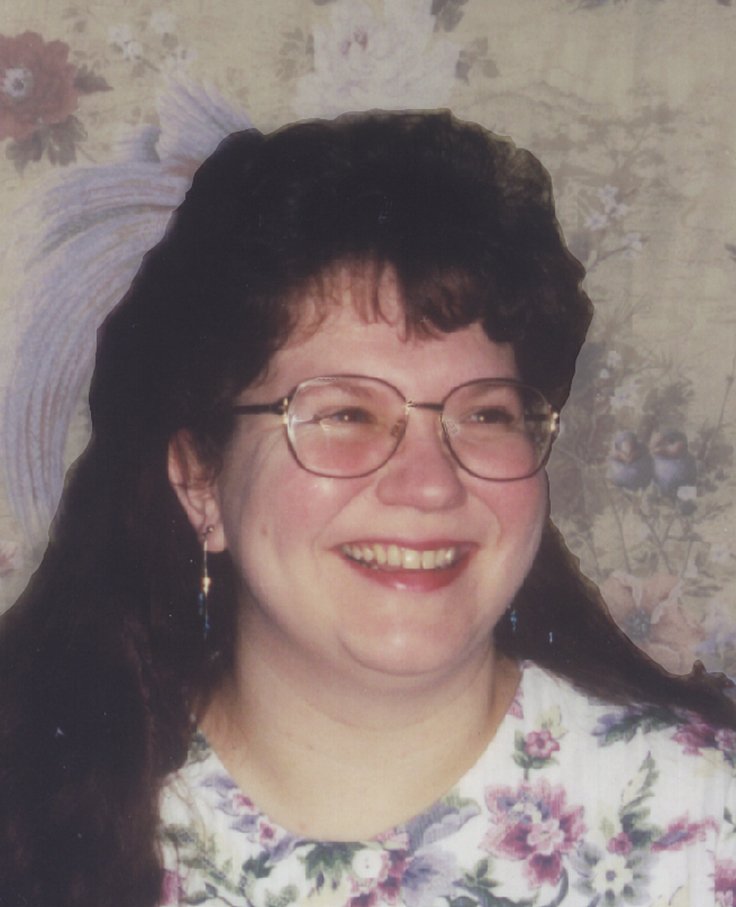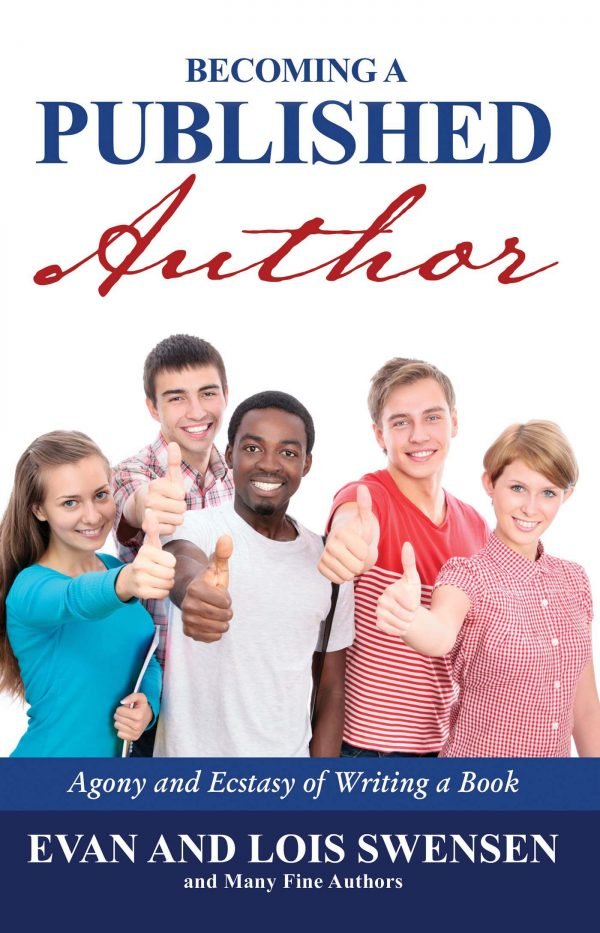Becoming A Published Author
Agony and Ecstasy of Writing a Book
By Evan and Lois Swensen
Chapter Seventeen
Bringing Carina to Life
Patricia Kilson

I was fourteen years old when I got the most wonderful news. My father had decided to take our family on a sailing trip around the world! He had a midlife crisis, but instead of buying a new sportscar or divorcing my mom for a much younger woman, he made a decision that affected our family for the rest of our lives—in a good way.
We sold everything, left our home in Alaska, and went to Florida, where we purchased a boat. For the next three years we lived on the sailboat Carina and traveled in the Bahamas, Caribbean, through the Panama Canal and up the west coast of Central America, the United States, and all the way to Alaska.
After our return to land, we often told of our adventures to family and friends. The time Dad was circled by a shark, or when a whale surfaced right next to the boat, when Cuban prisoners stole my father’s watch, or the many times we sailed through raging storms. It was an exciting adventure, and all our family and friends kept telling us, “You should write a book.” Nobody in my family had any interest in writing a book except me. So I took it on, not realizing how much work would go into writing the story of Carina.
I began by taking a writing course at UAA and buying several books on how to write books. I started by deciding to organize the trip chronologically. I created chapter headings for different areas we had sailed through. Then I gathered all the letters we had written to family and friends, many of whom had returned the letters when we returned. I looked at photos and postcards, my mother’s diary, and my father’s logbook. I pored over maps of the areas we had traveled. I asked my sisters and my parents for their memories, and I began to compile hundreds of pages of stories, primarily written out by hand on notepaper. I placed the stories into a notebook behind the chapter headings and thus began my book. That was the easy part.
I felt discouraged because I didn’t know how to put it all together. I worked full-time and had two young children to care for. It never seemed like I had any time to sit down and write. One day, in frustration, I decided to take a few days off work and write if it killed me. I made sure I picked days when the kids were in school and my husband was at work. The first morning I woke bright and early, sat down at my keyboard, and started telling our story. I continued through that day and into the next. I had at least half my book done by day three and a very sore back from hunching over the computer. It was in a very rough form at that point. I did this again a few times throughout the years; intense two or three days of writing separated by months of inactivity on the book.
Over the next 12 years—yes, I said 12—I continued to write our story. My children grew up and left home! I completed a rough manuscript. I then did fact-checking with my father to make sure the locations were correct; after all, I was only a kid when we lived on the boat, and I didn’t take as much notice of place names as I would now. I had each of my sisters read the manuscript. They remembered some things differently than I did and remembered some things I had forgotten. I made changes, rearranged stories and the timeline. Then I gathered historical information about the places we had visited and added facts, figures, and information to add to our personal stories.
I had stories I hesitated to put in and agonized over whether or not I should. I left out a few—some were just a little too close for comfort and would lead to more questions about personal issues in our family. Living on a boat together for three years made us a very tightly knit family, and I didn’t want to explain our family dynamics to those who weren’t as close. I finally put in the story about my attempted rape—I wanted people to know that caution should always be used when out of your safe places. I was naïve and too trusting. I learned valuable lessons and am much more cautious of people and more aware of my surroundings than back then.
Finally, I felt like I had a completed book. It was then that I had a proofreader check my first couple of chapters for grammatical errors. It came back with red ink all over it. My heart sank. It took me a few more painful years to go through the manuscript sentence by sentence and word by word. I found that I overused certain words. I was redundant in my sentence structure. Some of the stories were factual but lacked life; I added dialogue. It was a tremendous amount of work. I got teased for years about when my book was going to be finished. Sometimes I would work on it every evening for a week or two and then put it away for months at a time. It was always there, though, nagging me to complete it.
When finished, I had all of my family reread it, this time specifically looking for errors. At this time, my father gave me a harsh critique of specific passages in the book. My feelings were hurt, but after careful soul searching, I decided he was wrong and continued. One must develop a thicker skin when putting family history into a book for total strangers to read. Writing this book gave me a confidence I had previously lacked.
Several years earlier I had heard a radio advertisement about publishing books in the state of Alaska. I was intrigued. I had previously written a few children’s stories that I sent outside to numerous publishers and received nothing but rejection letters. I contacted the advertiser, Publication Consultants, and was quite pleased when the owner scheduled a meeting with me shortly after reading my first children’s book manuscript. After Evan Swensen published my first book, Song of the Raven, I didn’t need to look further for a publisher for the story of my life, Carina.
Next came all the decisions about cover design, chapter placement, pictures, font, and general overall look of the book. I argued about a few things but, in the end, trusted my publisher’s judgment. He had published more books than I and was successful at selling them, so I figured he knew what he was talking about—he did. I absolutely love the cover and design of my book!


